
Welcome to The Regenerators.
Introduction
It can be fascinating to find out about the history of your local area.
With a bit of detective work you can discover more about the people who have lived there in the past.
Some things you discover might be very different to your life, but some things might be very similar.
How has my local area changed?
Join the Gabrielle and Josiah as they explore the history of Ancoats in Manchester.
Gabrielle: Hello, I'm Gabrielle.
Josiah: And I'm Josiah. We are visiting the area of Ancoats in Manchester.
Gabrielle: We have been told this area has been changed a lot over time and we want to find out more.
Josiah: So we have invited Katie, a historian, to tell us all about it.
Katie: I love learning about history and finding out about people and places. Today, where we stand right here, there's lots of history. So let's go and find out more about it.
(UPBEAT MUSIC PLAYS)
Gabrielle: There are so many big buildings all around but we can't imagine what they were used for.
Katie: So Manchester was one of the most famous places in the world for making fabrics and in lots of the buildings around us the fabrics are made, and those buildings were called mills or factories. And even the canal here was useful. Boats brought different materials into Ancoats to build even more mills. Yeah.
Josiah: We could see a big red building. Maybe this has something to do with the fabric industry too?
Gabrielle: It's got lots of windows and lots of floors and a chimney.
Katie: This building over here is called ROYAL MILL and it was one of the last cotton-spinning mills in Manchester. A long time ago, George VI and Queen Elizabeth came to visit the mill and they changed the name of it from New Old Mill to ROYAL MILL. Come on, let's go and get closer.
(UPBEAT MUSIC PLAYS)
Would you like to see a drawing of how it used to look?
Josiah: Yeah!
Gabrielle: Yeah.
Katie: Here we are. So this is the mill here, ROYAL MILL. And what things can you spot?
Josiah: There's another bridge.
Katie: There is. That bridge is the same as it was a hundred years ago. It's still there.
Gabrielle: There's a tree over there.
Katie: Yeah.
Gabrielle: But there isn't a tree here.
(UPBEAT MUSIC PLAYING)
Josiah: There are flats. Absolutely all over.
Katie: Wow, there are so many flats everywhere. Aren't there?
Gabrielle: There is a lot of differences but I think it looks the same. Yeah.
Katie: Back in time, about a hundred years ago, this would have been a really dark smokey place. It would've been noisy with horses and carts clattering along the cobble and the sounds of the cotton looms spinning in the factories and mills. So it would have been very different to how it is today. What do you think the building is used for now?
Josiah: Maybe making…
Gabrielle: Working in?
Josiah: Jumpers and stuff.
Katie: Making jumpers or working.
(UPBEAT MUSIC CONTINUES)
Now Ancoats is a place where people live and come and have fun.
Gabrielle: We have decided to take our photo in the same place as the painting we have seen.
Katie: Okay guys. Do you think we've found it? Do you think this is where the drawing was made from?
Gabrielle: Maybe one day in the future someone will think how old this picture looks too.
Katie: Shall we go and see some more old factories?
Kids: Yeah.
Katie: Let's go.
Josiah: We have learned so much about the history of our city.
Gabrielle: And we now know even the coolest places may have once told a different story.
(UPBEAT WHISTLE MUSIC PLAYS)
My local history
Imagine leaving your house and walking or cycling to your school. On your journey you will travel through history!
You’ll pass buildings of different ages, including some that could still be being built.
You might see shops, places of worship and other public buildings on the way.

As you travel, look out for clues which might tell you how your local area used to look.
Old buildings might have dates on them, carved into the stone.
The oldest building in your area could be the church.
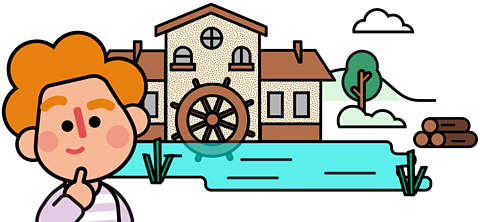
Changing jobs
During your tour of history, keep an eye out for people at work. What jobs are they doing?
Some people work outside and others work inside. The jobs that people do have changed over the years too.
Many people now work in modern offices rather than old factory buildings.
New jobs have appeared based around technology. Some towns and cities have lost the factories they used to have.
Sometimes these old factory buildings have been changed into new offices or even homes for people to live in.

Case study: Preston
Preston is one of the newest cities in the UK. It is in the county of Lancashire, in the northwest of England.
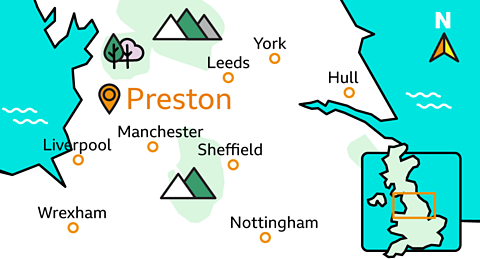
Preston grew up around a market over 900 years ago, built close to a Roman fort.
It was previously called ‘Priest’s Town’ and in the Domesday Book of 1086 it was known as 'Prestune'. Over time this became ‘Preston’!
Preston in pictures
Have a look through these pictures to see some ways that Preston has changed over time.
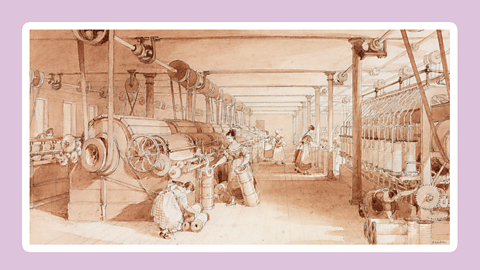
Image caption, Mills
This drawing shows what life was like inside one of the mills almost 200 years ago. Children often worked in mills like this. The conditions could be very difficult and dangerous.
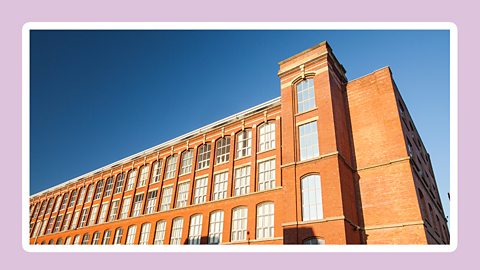
Image caption, Mills
The mills don’t produce textiles these days. Some, like this one, have been converted into flats for people to live in.
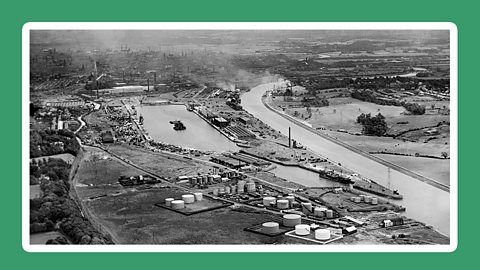
Image caption, Docks
This photograph was taken almost 100 years ago. It shows Preston Docks on the River Ribble. The docks were a place where ships could go to be loaded and unloaded.
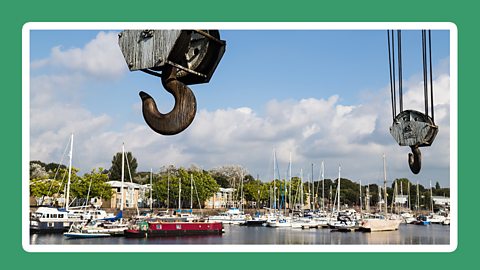
Image caption, Docks
When the Port of Preston closed, the area around the docks became homes, offices and shops. However, you can still see the giant hooks from the boat crane.
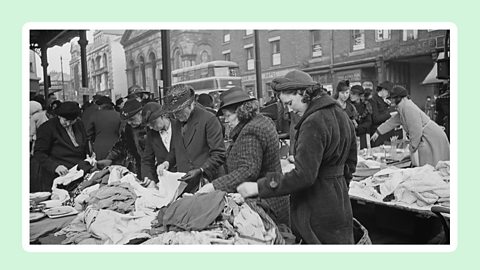
Image caption, Market
This picture was taken during the Second World War. It shows people shopping for clothes at Preston market.
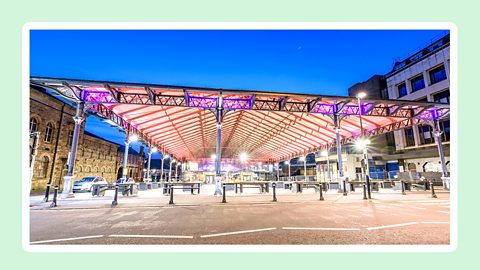
Image caption, Market
And, you can still go shopping at the market today.
1 of 6
How has Preston changed over time?
Preston was famous for its textile industry. Textiles are materials and fabrics used to make clothes.
Sheep living on Preston’s hills were important for wool, as well as the water that flowed along the River Ribble, which helped the industry grow.
Wool and linen factories were built and canals and railways linked Preston to Manchester and Liverpool.
However, life in the factories was tough for people. They had to work very hard and often weren’t paid very much.
Preston has changed a lot over the years.
The port is now a marina for boats and factory buildings have been cleared to make room for new houses or offices.
The Queen made Preston England’s 50th city in 2002.
Lesson complete!
Well done Regenerator, you've completed this lesson. Now let's see what you can remember.
Local history hunt
Make a journey around your local area. How many of the landmarks do you seeon you way?
Local history hunt. documentLocal history hunt
THE REGENERATORS

There's more to learn
Explore more lessons and content from around the BBC.
How can we look after our environment?
GREEN CLASSROOM
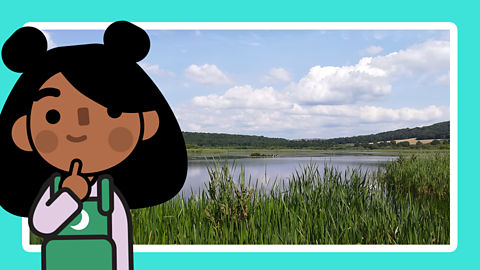
Let's visit a national park
GREEN CLASSROOM
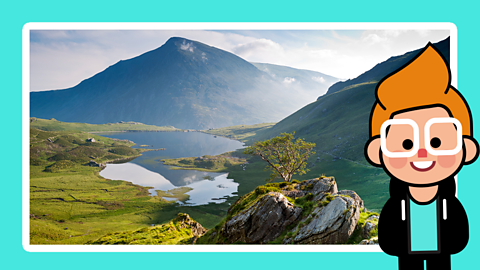
Year 1 - 2 and P2 - P3
GREEN CLASSROOM
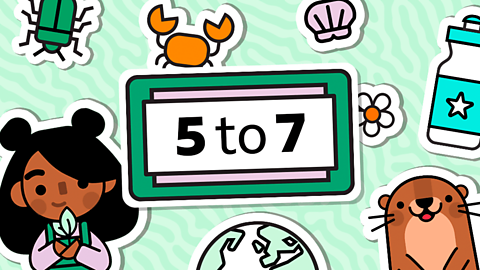
More from The Regenerators
BBC BITESIZE
